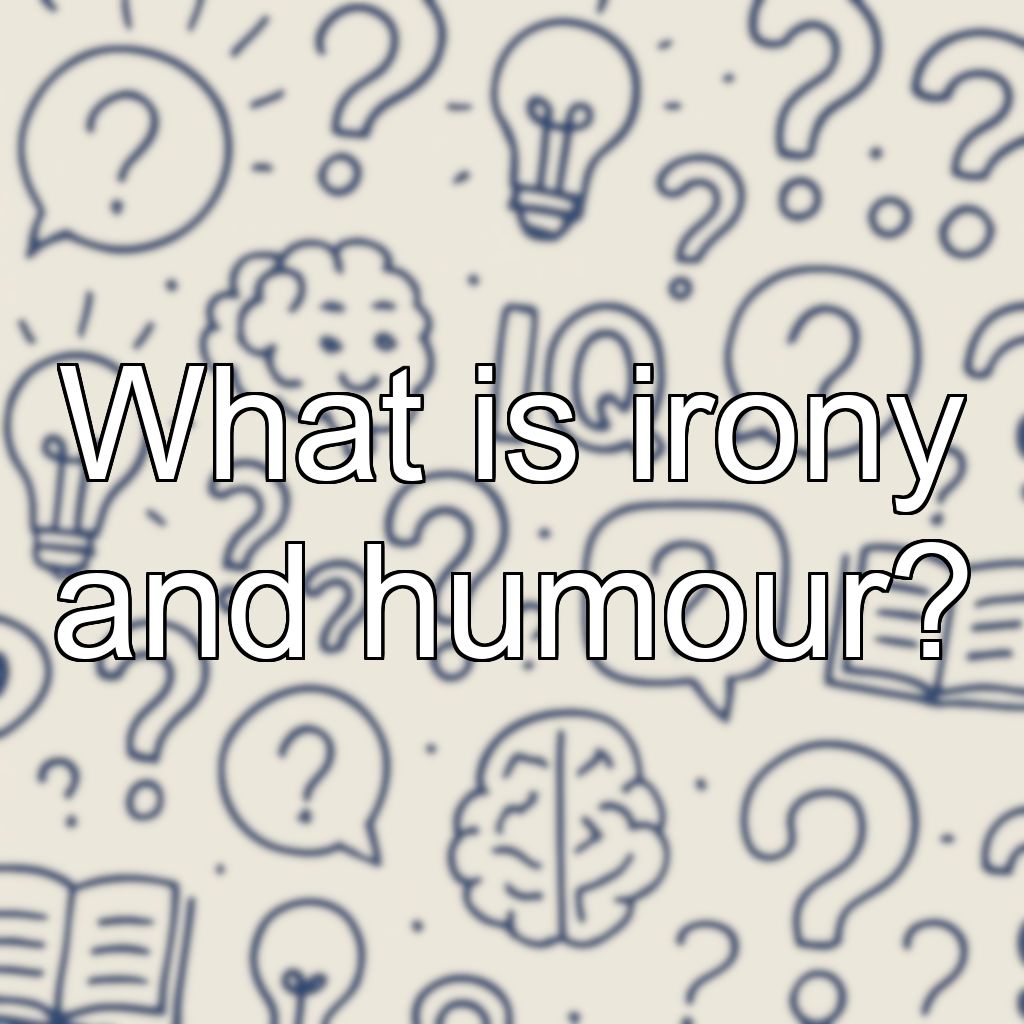What is irony and humour?

Irony and Humour Explained
Irony
Irony is a literary and rhetorical device where the intended meaning of words is different from (and often opposite to) their literal meaning. Irony can highlight contrasts between expectations and reality, or between what is said and what is actually meant. There are several types of irony:
- Verbal irony: When someone says the opposite of what they mean, often in a sarcastic way. For example, saying "Great weather!" during a storm.
- Situational irony: When there is a stark difference between what is expected to happen and what actually occurs. For example, a fire station burning down.
- Dramatic irony: When the audience knows something that the characters do not, creating tension or humor. For example, in a scary movie, the audience knows the villain is in the house but the character does not.
Humour
Humour refers to the quality of being amusing, entertaining, or funny. It involves the ability to perceive or express what is comical or laugh-inducing. Humour can arise from wordplay, absurd situations, exaggeration, irony, or clever observations about life. Types of humour include:
- Slapstick: Physical comedy involving pratfalls or exaggerated actions.
- Satire: Using wit to criticize or mock people, politics, or society.
- Puns: Playful use of words with double meanings.
- Dark humour: Making light of serious, taboo, or morbid topics.
- Observational humour: Jokes based on everyday situations and experiences.
In summary: Irony is a specific technique often used within humour, but humour itself encompasses a wide range of comedic expressions and styles.